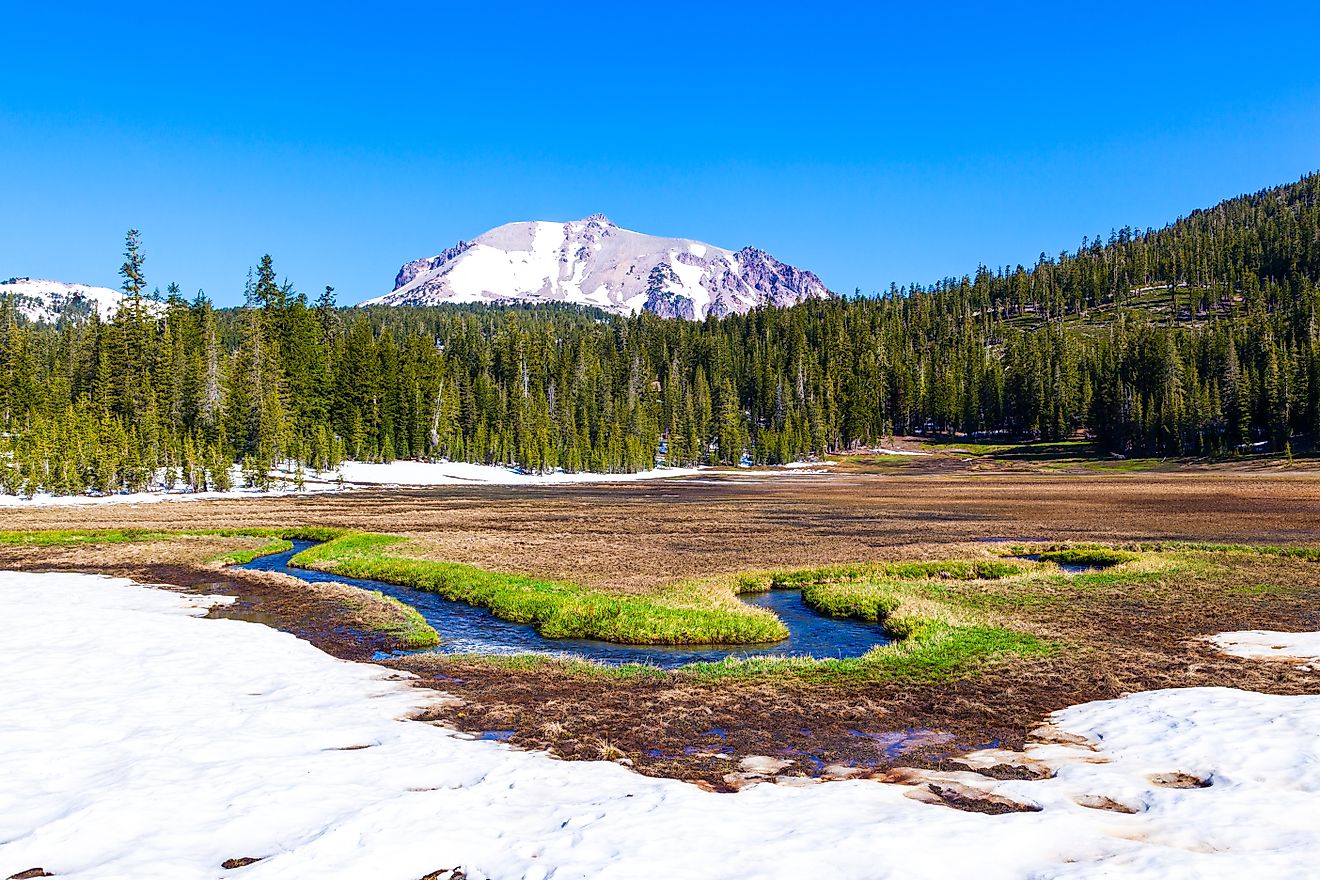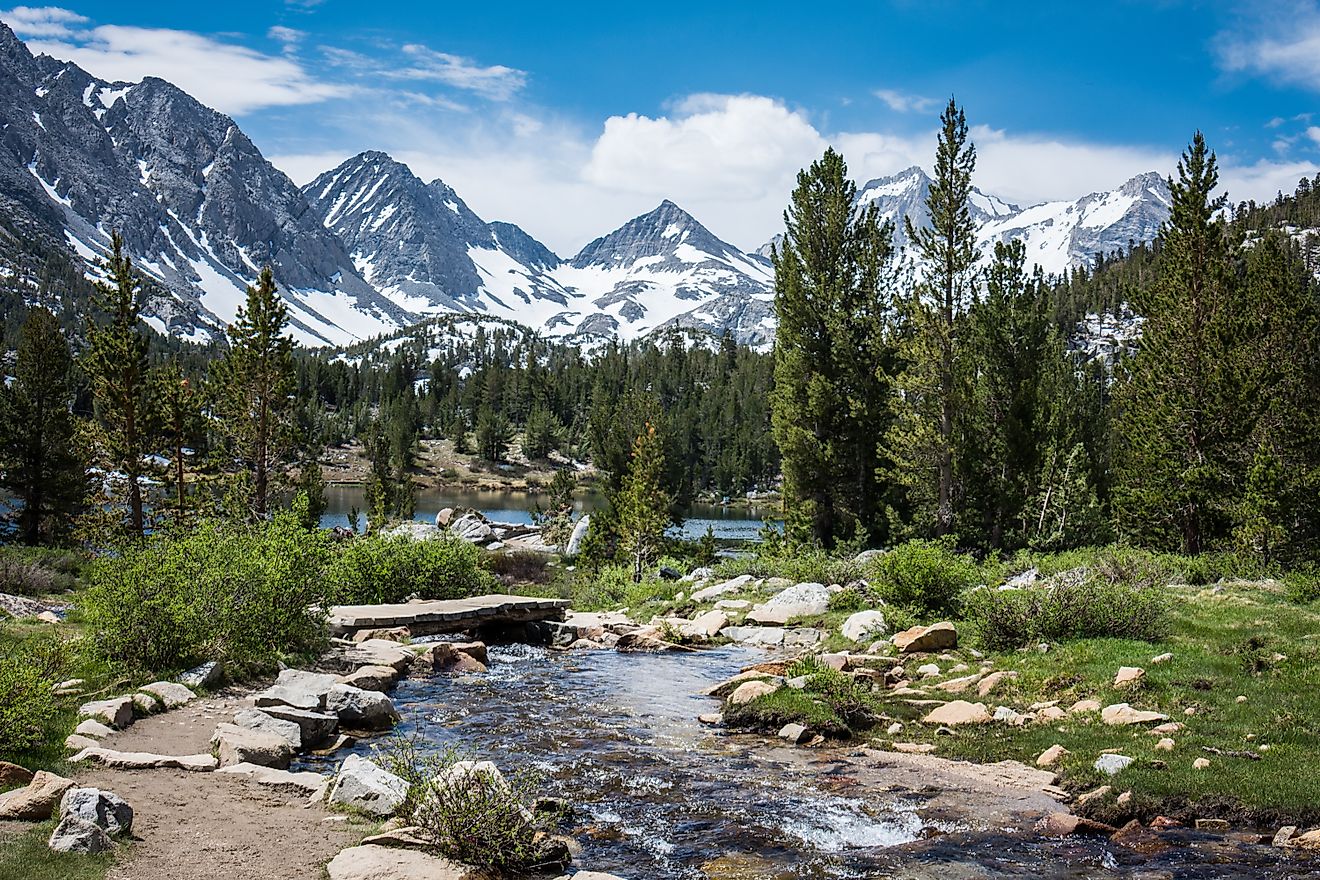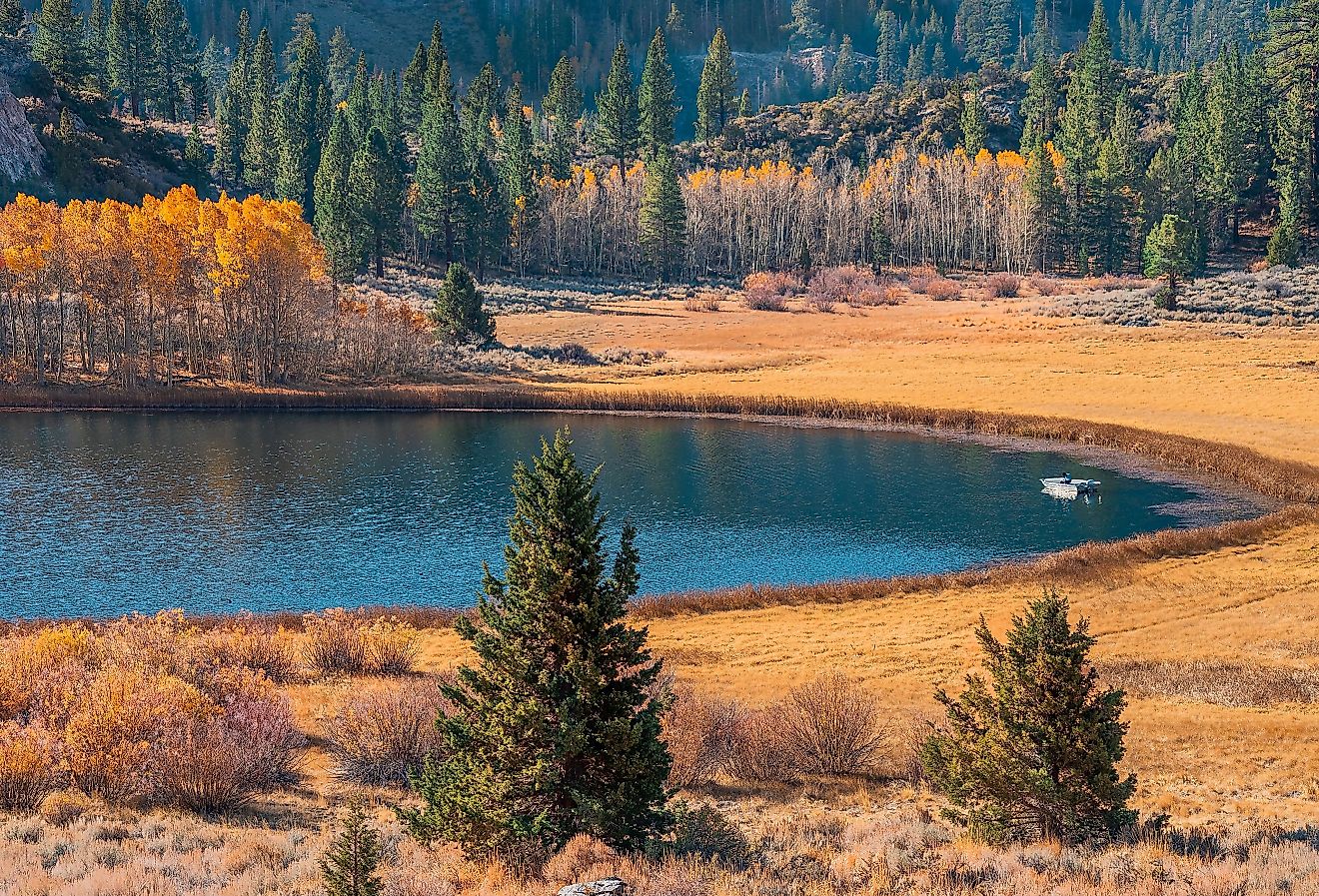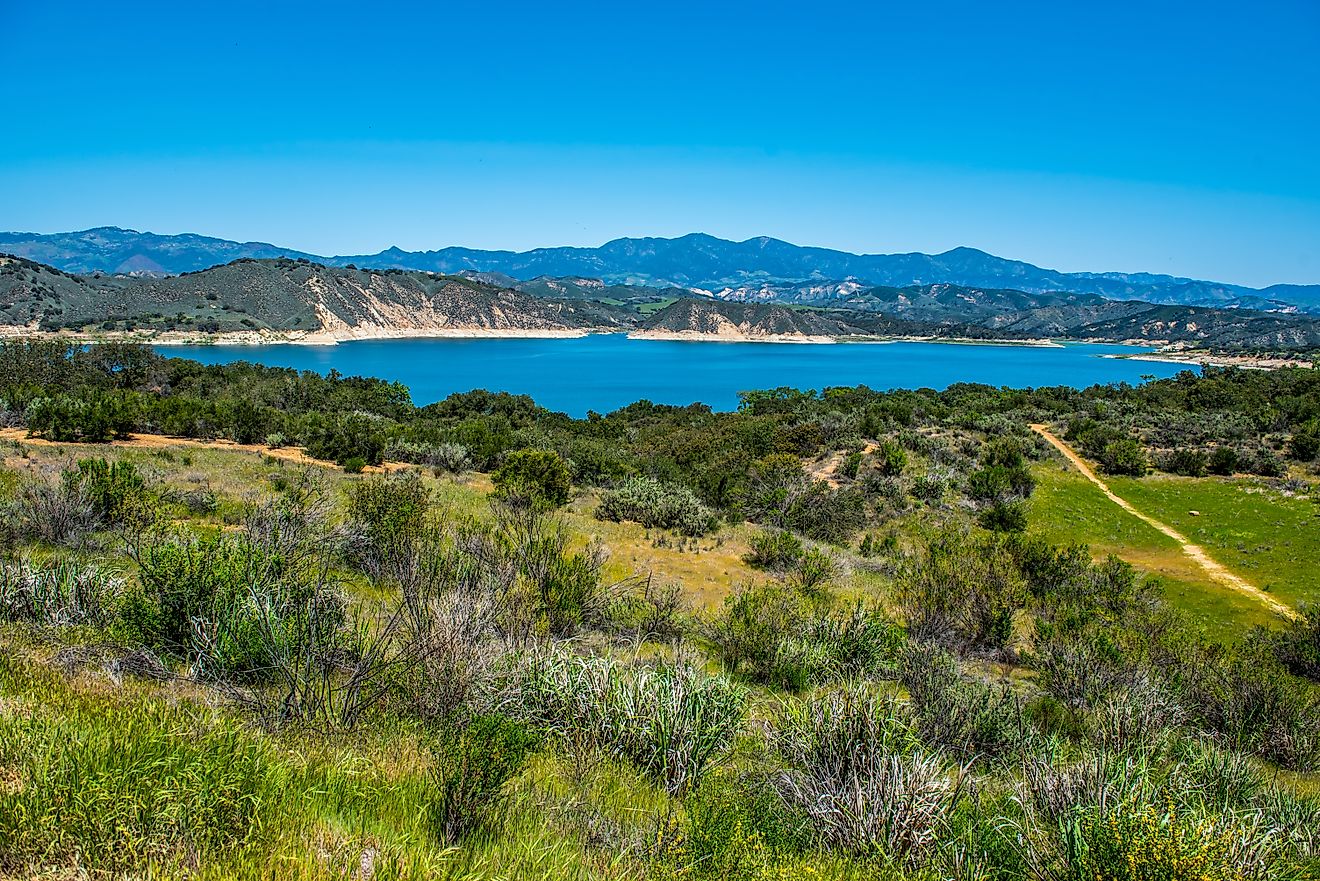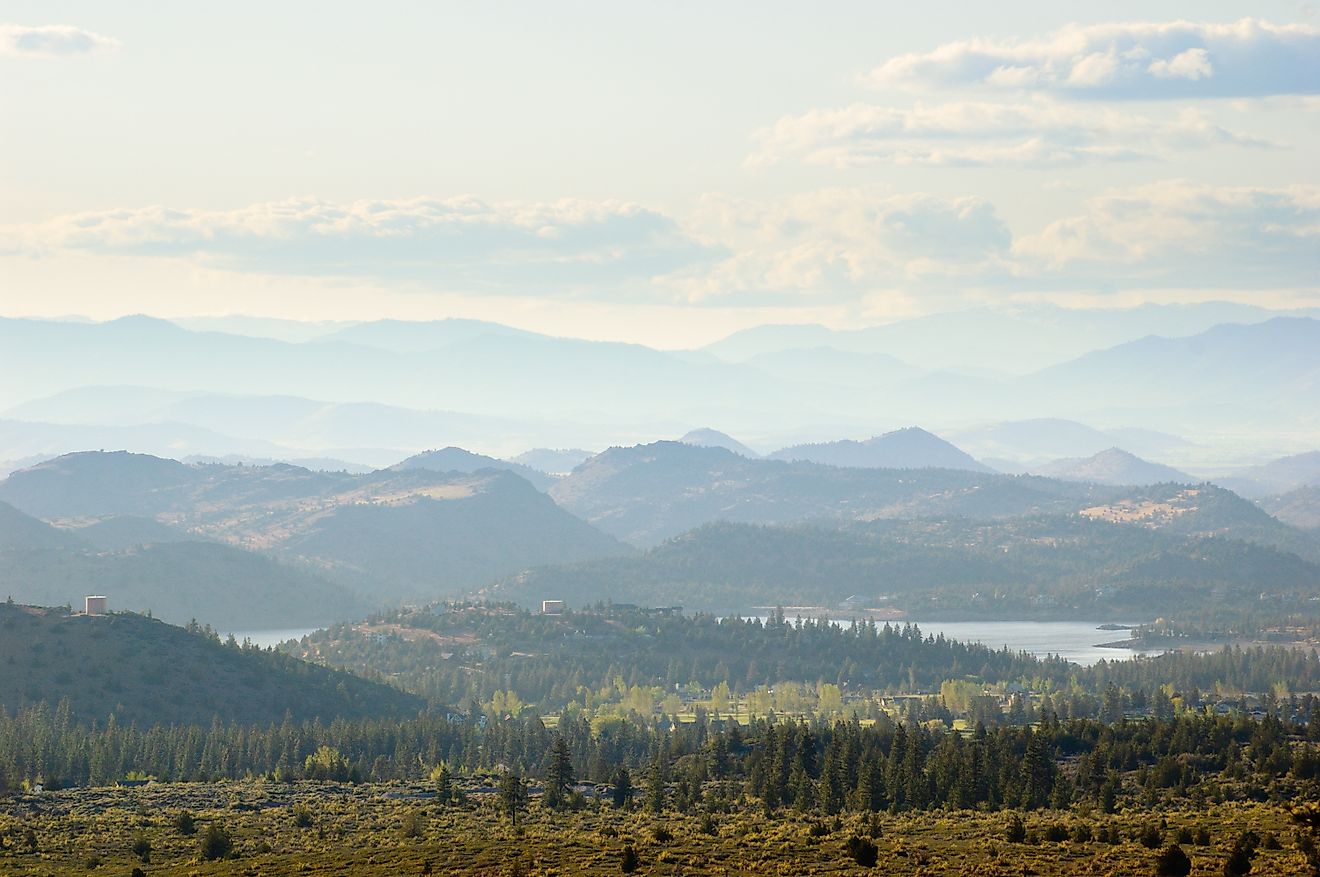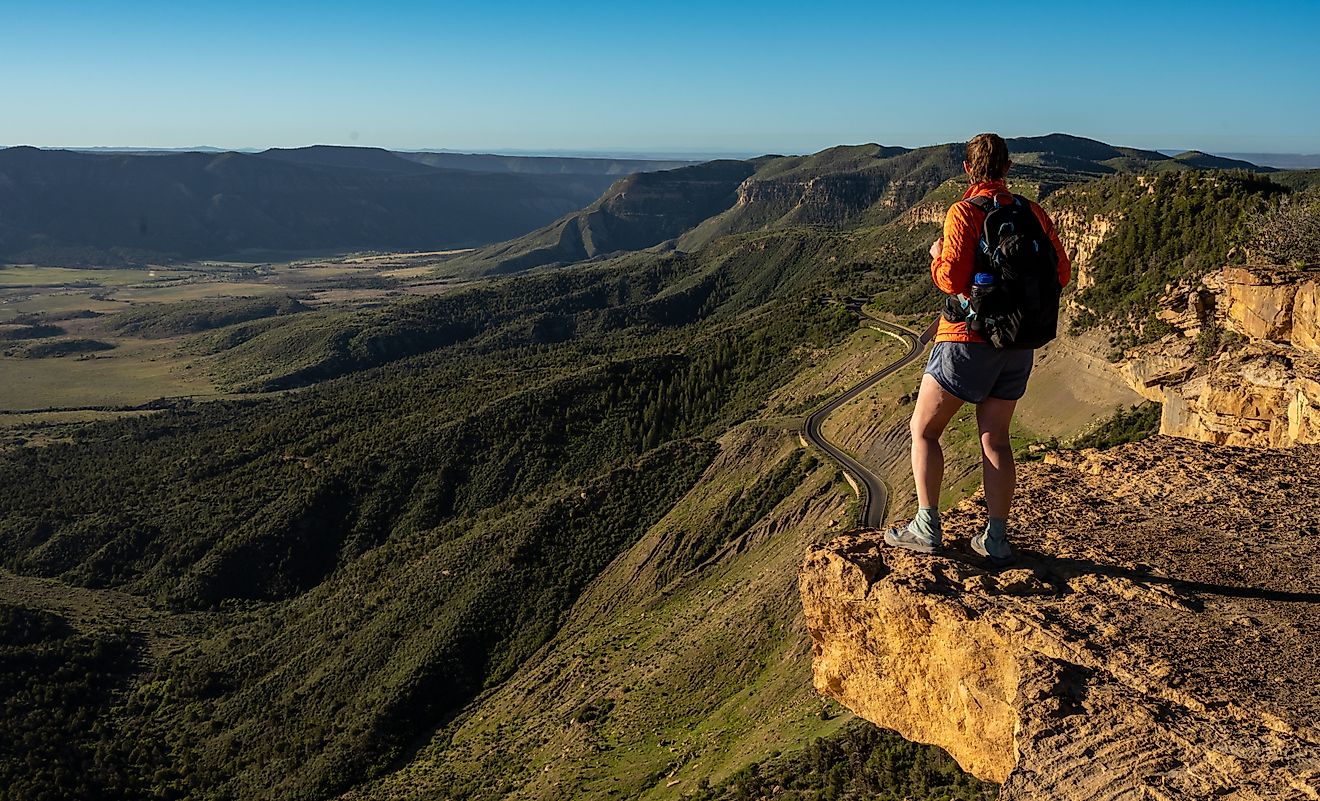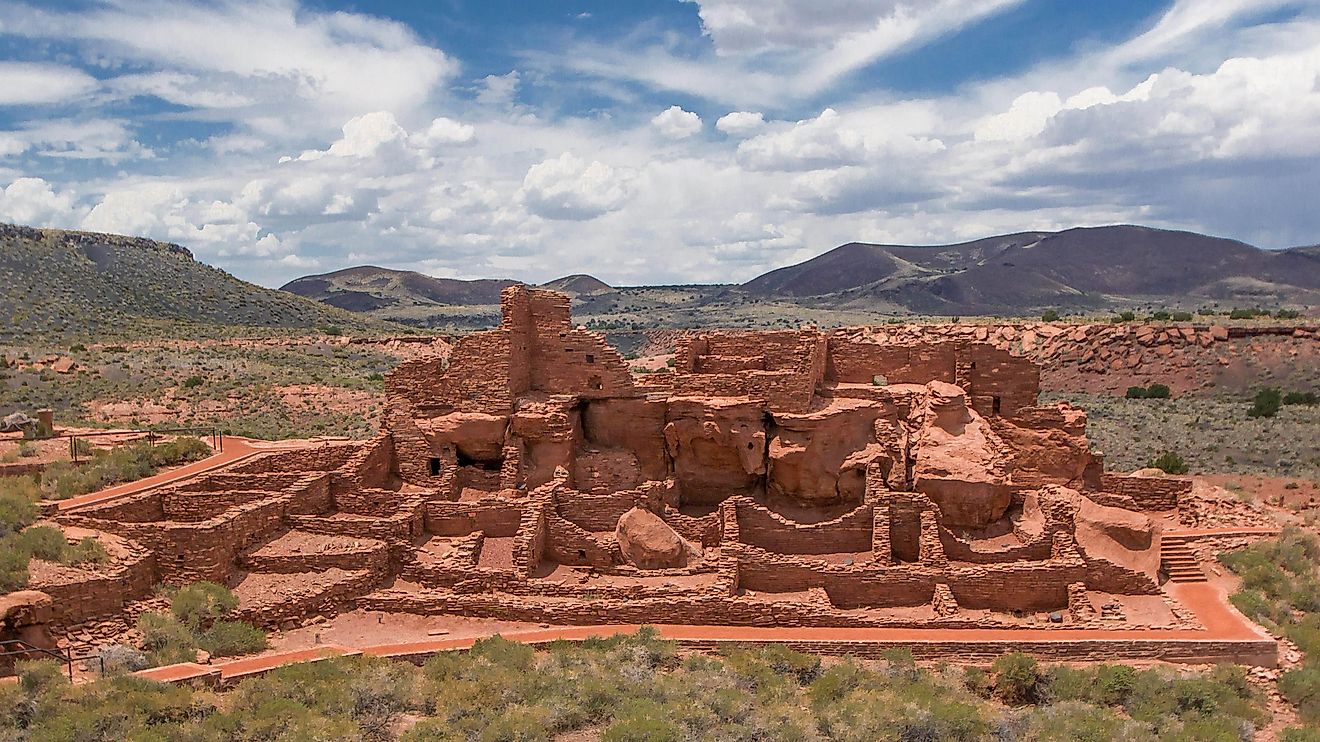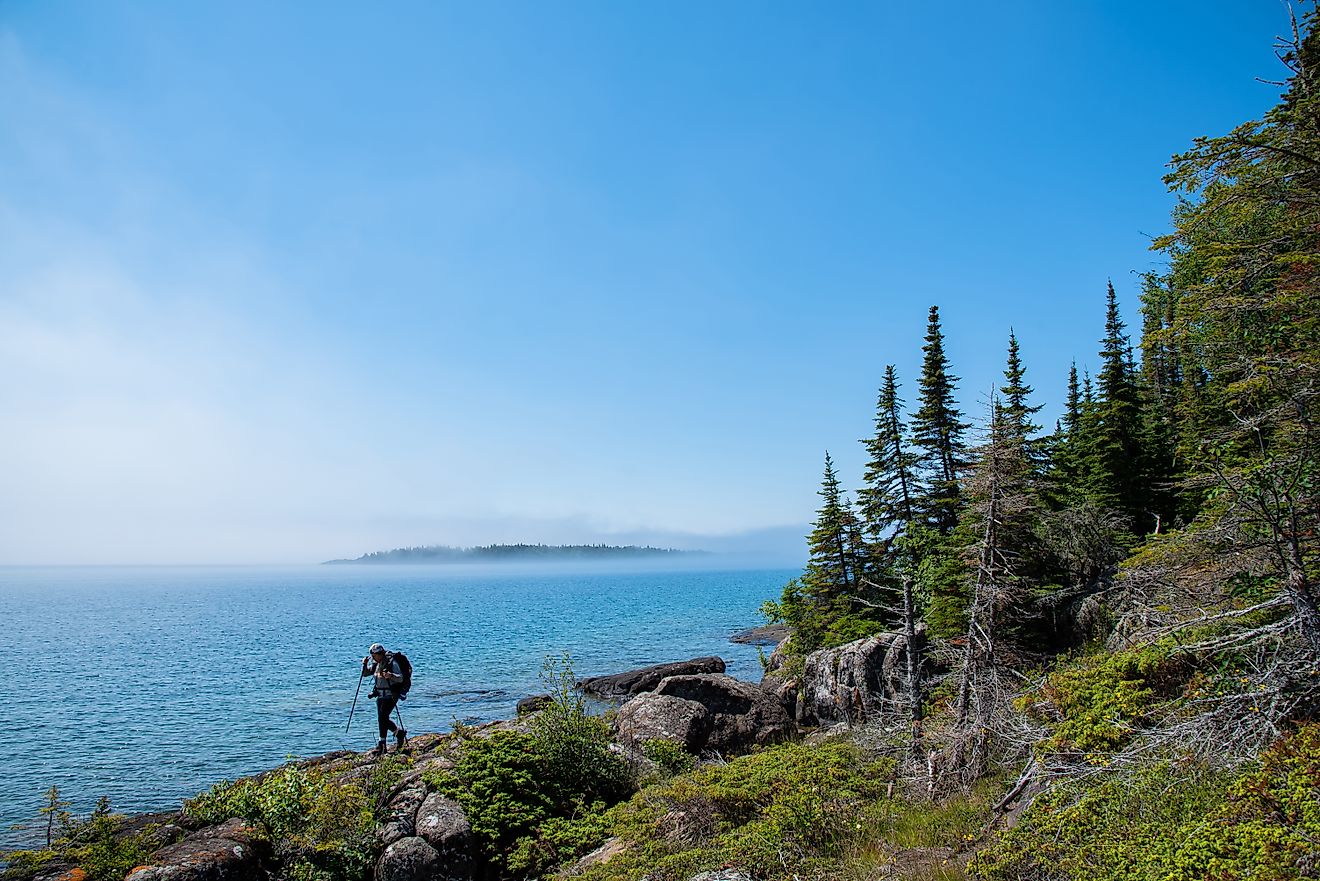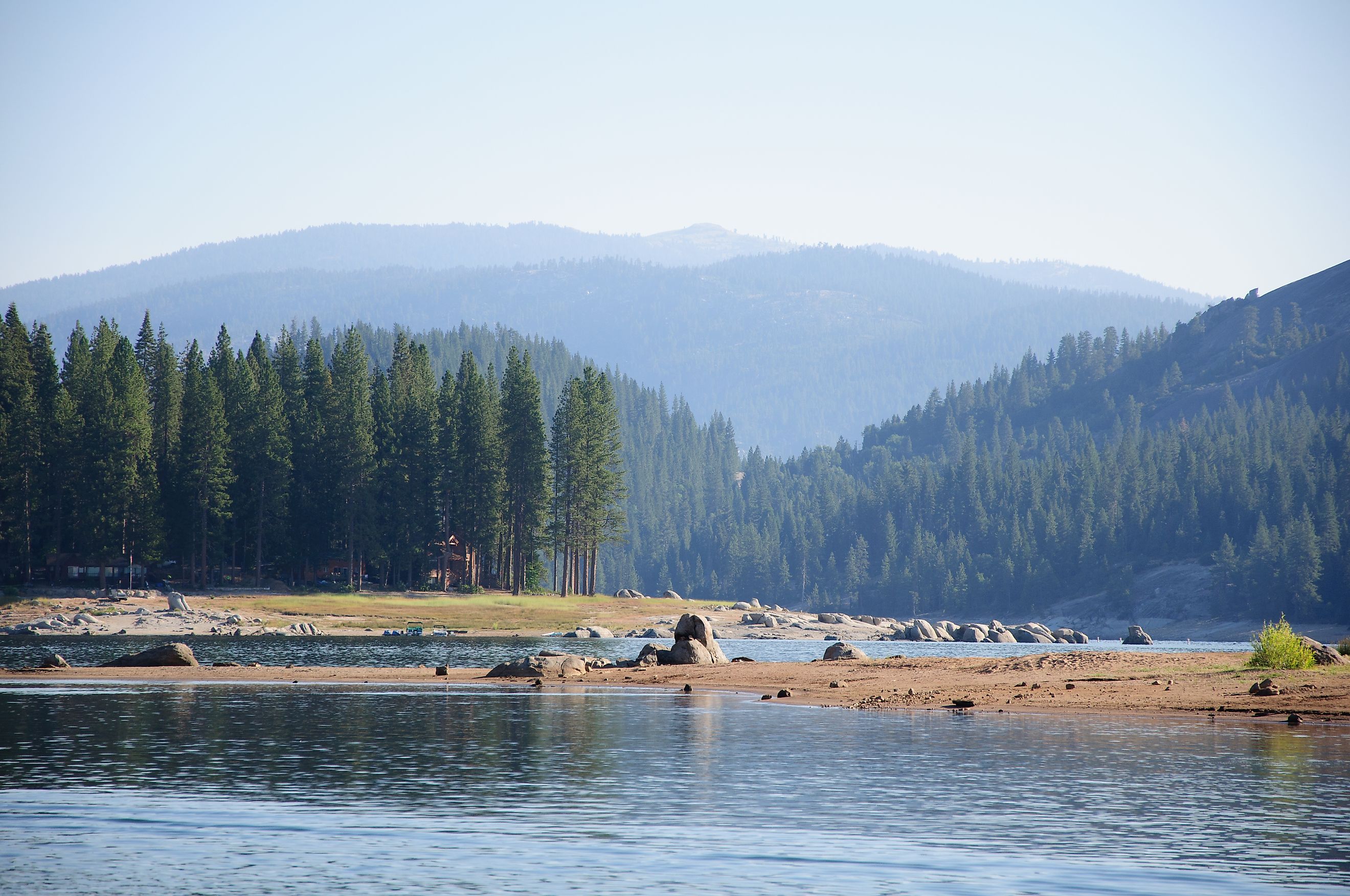
Sierra National Forest
Stretching across more than 1.3 million acres of central California, the Sierra National Forest is a place where jagged granite peaks scrape the sky, rivers rush through deep canyons, and quiet meadows bloom with wildflowers in the summer sun. Located just south of Yosemite National Park, it offers a similar breathtaking landscape without the heavy crowds that often flood its more famous neighbor. From high-altitude hikes to tranquil lakeside camping, Sierra National Forest delivers an authentic California wilderness experience.
This vast expanse is more than a backdrop for outdoor recreation. It is a living mosaic of ecosystems, cultural history, and seasonal beauty that keeps visitors returning year after year. Whether you are looking for a challenging backcountry trek or a scenic drive that lets you soak in the views without breaking a sweat, the Sierra National Forest offers it all.
Where Sierra National Forest Is Located
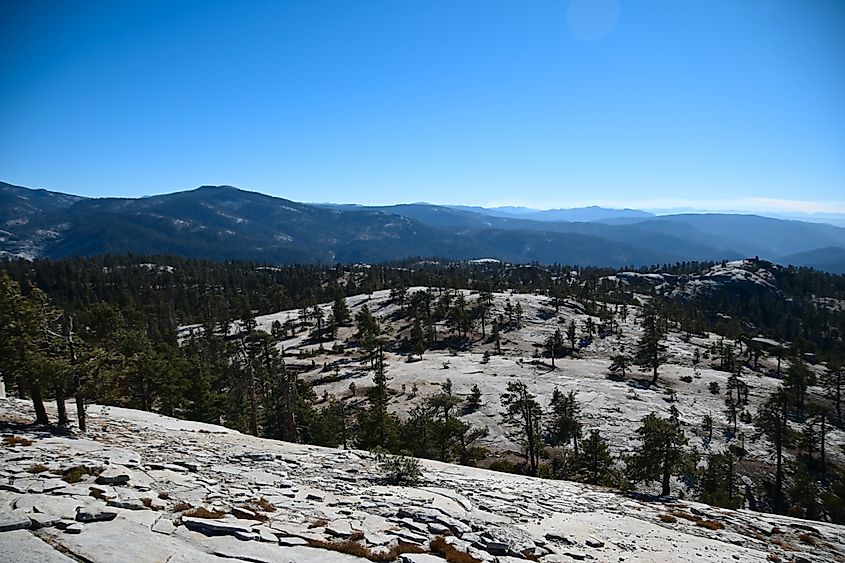
The Sierra National Forest lies in the heart of California’s Sierra Nevada mountain range, primarily within Madera and Fresno counties, with a portion extending into Mariposa County. Its northern boundary brushes Yosemite, while its southern edge stretches toward Kings Canyon National Park. This makes it part of a vast network of protected lands that preserve one of the most stunning mountain ranges in the country.
The forest’s elevation ranges dramatically, from around 900 feet in the foothills to over 13,000 feet in its highest alpine areas. This variation creates a wide spectrum of landscapes, from oak-studded grasslands to icy granite summits.
A Brief History of Sierra National Forest

Established in 1893, Sierra National Forest is one of the oldest national forests in the United States. It played an important role in the early days of America’s conservation movement, when leaders like Gifford Pinchot and President Theodore Roosevelt advocated for protecting public lands.
The area has been home to Native American communities for thousands of years, including the Western Mono, Yokuts, and Miwok tribes, whose traditions and knowledge are still deeply connected to the land. Evidence of their history can be found in rock art, ancient trails, and cultural sites scattered throughout the forest.
In the late 1800s, gold prospectors and logging companies arrived, drawn by the Sierra’s mineral wealth and massive stands of sugar pine and ponderosa pine. Many of the forest’s old logging roads now serve as scenic byways and hiking trails.
Outdoor Activities in Sierra National Forest
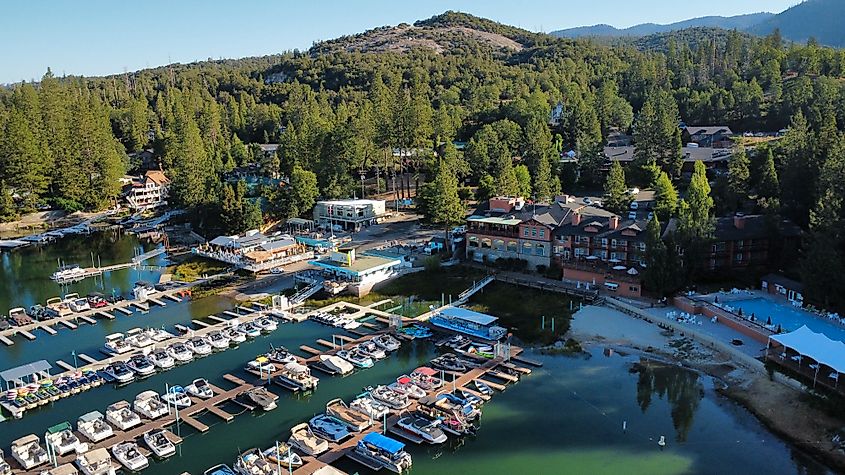
Sierra National Forest offers something for every type of adventurer, from the casual sightseer to the hardcore backpacker.
Hiking and Backpacking
The forest is crisscrossed with hundreds of miles of trails, including sections of the John Muir Trail and the Pacific Crest Trail. Popular hikes include:
-
Dinkey Lakes Wilderness Trails: A high-country network of lakes and meadows perfect for multi-day trips.
-
Nelder Grove of Giant Sequoias: A quieter alternative to Yosemite’s Mariposa Grove, home to ancient giants that tower more than 200 feet tall.
-
Shuteye Peak: A challenging climb with panoramic views of the Sierra Nevada.
Camping
Sierra National Forest has more than 30 developed campgrounds, plus countless dispersed camping spots for those who want a wilder experience. Favorites include Wishon Village for RVs and family trips, and Jackass Meadow for a peaceful riverside stay.
Fishing and Boating
With its many alpine lakes and streams, the forest is a paradise for anglers. Shaver Lake and Huntington Lake are both popular for trout fishing and offer boat rentals for visitors.
Winter Recreation
In winter, the higher elevations become a playground for snowshoers, cross-country skiers, and snowmobilers. The Sierra National Forest Winter Ranger District keeps certain roads groomed for snow travel.
Scenic Drives Worth Taking
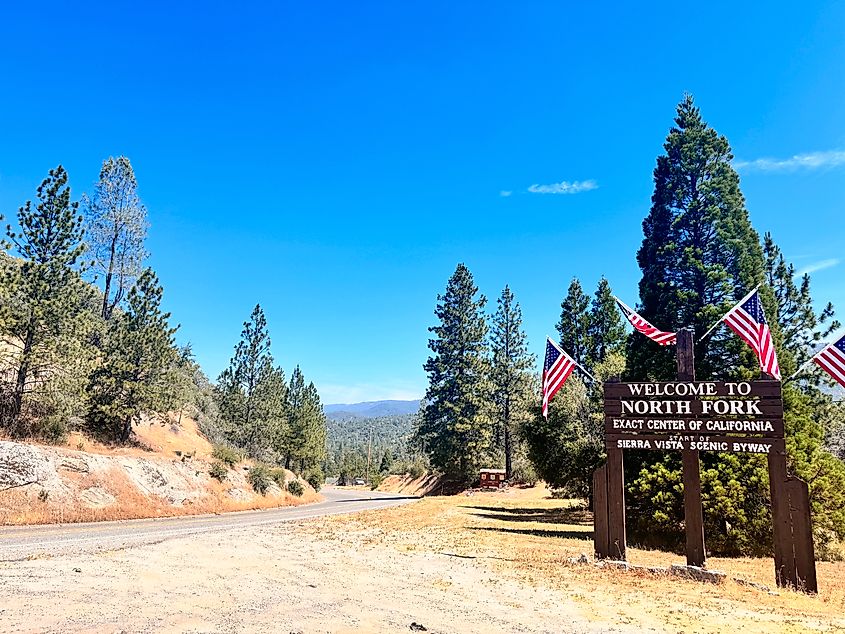
If you want to experience the forest without lacing up your hiking boots, there are several scenic byways that cut through its most stunning terrain.
-
Sierra Vista Scenic Byway: A 90-mile loop showcasing granite domes, meadows, and sweeping mountain views.
-
Beasore Road: Winds through forests and meadows, connecting Bass Lake to the high country.
-
Minarets Road: Offers access to high alpine scenery and trailheads leading into the Ansel Adams Wilderness.
Wildlife and Plant Life
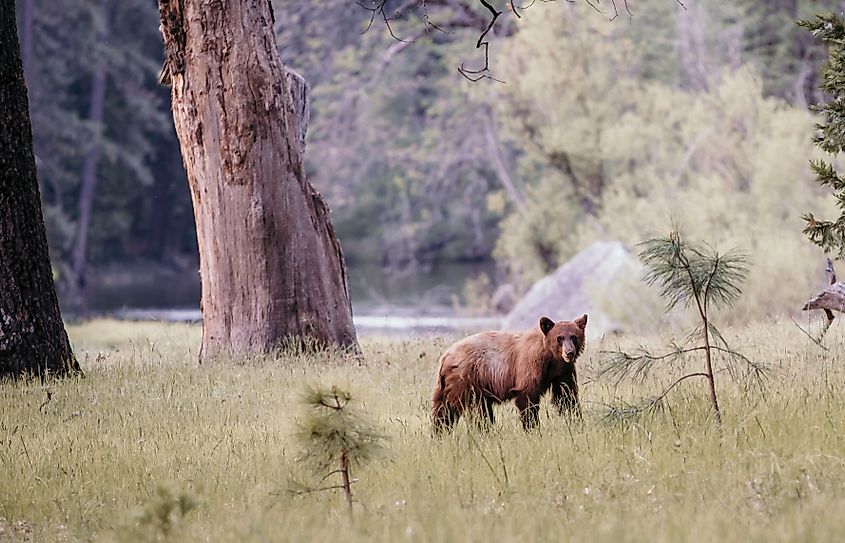
The diversity of elevations in Sierra National Forest creates rich habitats for wildlife. Black bears, mule deer, and bobcats roam the forests, while bald eagles and ospreys hunt along the lakes. In spring, meadows burst with lupines, Indian paintbrush, and Sierra lilies.
Rare species such as the Sierra Nevada red fox and Yosemite toad also find refuge here, making it a vital conservation area.
Best Times to Visit
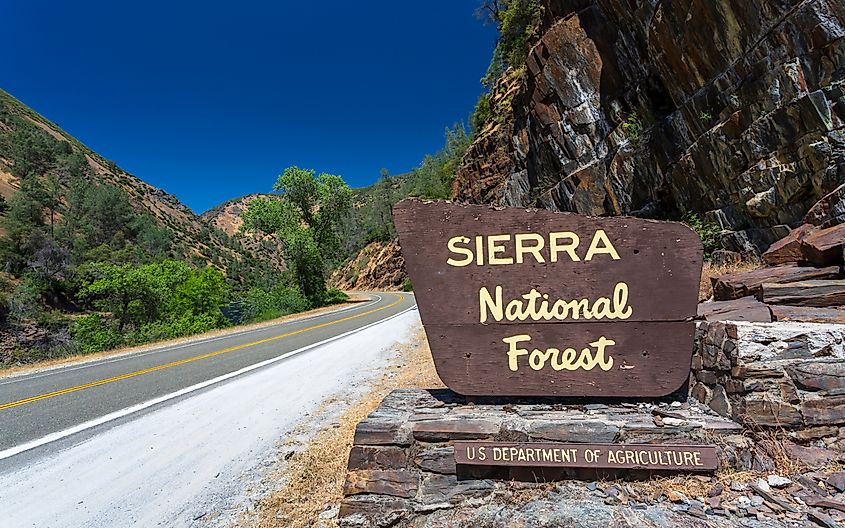
-
Summer (June-August) Ideal for high-elevation hiking, boating, and camping.
-
Fall (September-October) Crisp air, golden aspen leaves, and fewer crowds.
-
Winter (December-March) Snow sports in the upper elevations.
-
Spring (April-May) Waterfalls peak as snow melts, and wildflowers bloom in the foothills.
Tips for Visiting Sierra National Forest
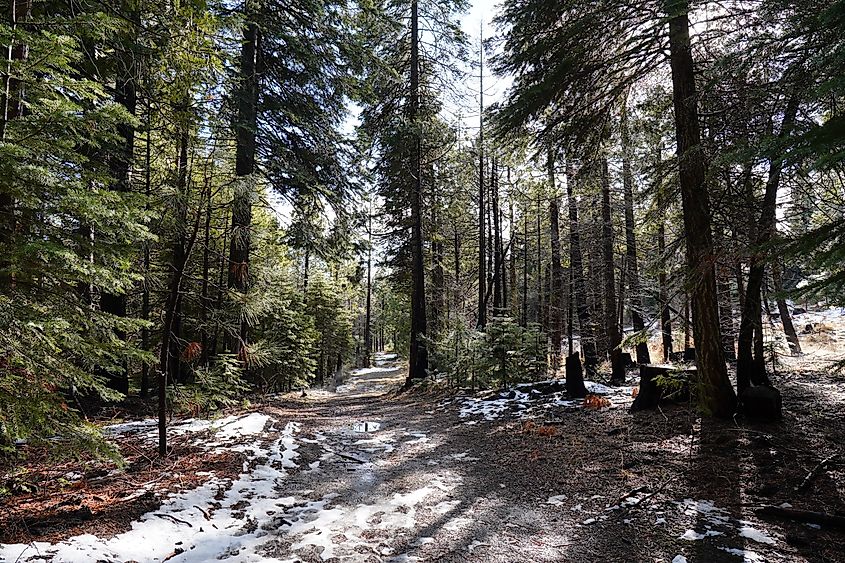
Check road conditions: Snow can linger on higher passes into early summer.
Bring layers: Temperatures can swing dramatically between day and night.
Respect wildlife: Store food securely to avoid attracting bears.
Know your route: Cell service is spotty in much of the forest.
Leave no trace: Help protect the fragile alpine environment.
Why Sierra National Forest Deserves a Spot on Your List
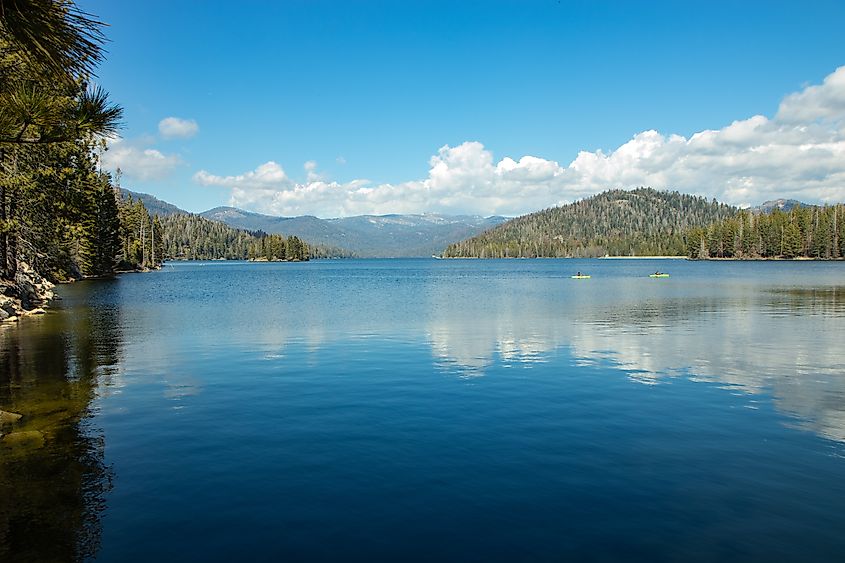
Sierra National Forest blends the raw beauty of the Sierra Nevada with an open invitation to explore it on your own terms. It is a place where you can wander among giant sequoias in the morning, paddle across a sunlit lake in the afternoon, and watch the stars blaze over granite peaks at night.
If you want California’s mountain magic without the shoulder-to-shoulder crowds of Yosemite, this is where you will find it.
Frequently Asked Questions About Sierra National Forest
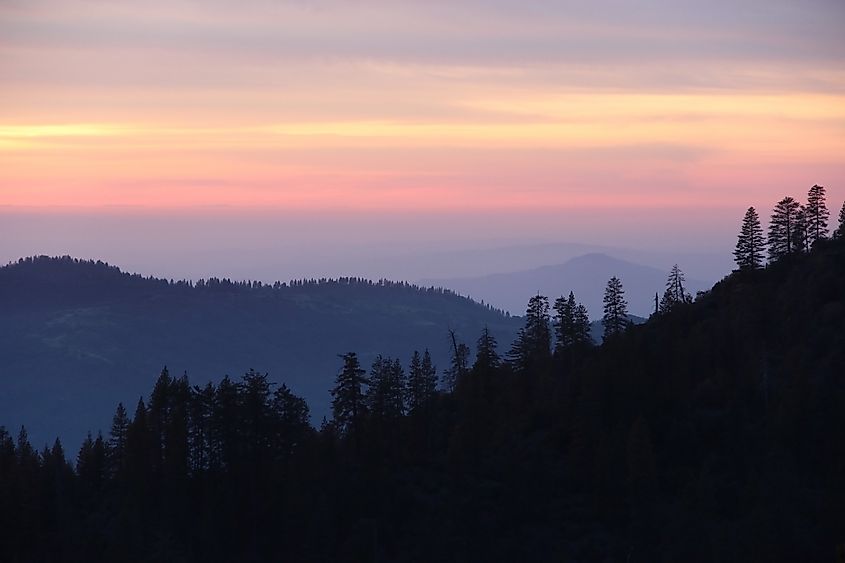
Where is Sierra National Forest located?
Sierra National Forest lies in central California, east of Fresno, covering more than 1.3 million acres of mountainous terrain in the Sierra Nevada range.
What is the best time to visit Sierra National Forest?
Late spring through early fall is the most popular time to visit. Snowmelt fills rivers and lakes in spring, while summer offers warm days for hiking and camping. Fall brings cooler temperatures and vibrant foliage.
Are there entrance fees for Sierra National Forest?
There is no general entrance fee, but certain areas and recreation sites within the forest may require day-use or camping fees.
What activities can you do in Sierra National Forest?
Popular activities include hiking, camping, fishing, boating, rock climbing, and winter sports like snowshoeing and cross-country skiing.
Is Sierra National Forest dog-friendly?
Yes, dogs are welcome in most areas, but they must be on a leash in developed recreation sites and always under control to protect wildlife and other visitors.
How is Sierra National Forest different from Yosemite National Park?
While both are in the Sierra Nevada and share similar landscapes, Sierra National Forest is less crowded and offers more dispersed recreation opportunities. Yosemite is more heavily regulated and focused on preserving its world-famous natural landmarks.
Are there any scenic drives in Sierra National Forest?
Yes. The Sierra Vista Scenic Byway is a 100-mile loop with panoramic views, historic sites, and access to hiking trails.
Can you camp anywhere in Sierra National Forest?
Dispersed camping is allowed in many parts of the forest, but visitors should check regulations for specific areas, follow Leave No Trace principles, and avoid camping near water sources.
Is Sierra National Forest affected by wildfires?
Yes, like many areas in California, the forest is susceptible to wildfires, especially in summer and fall. Visitors should check for fire restrictions and closures before their trip.
